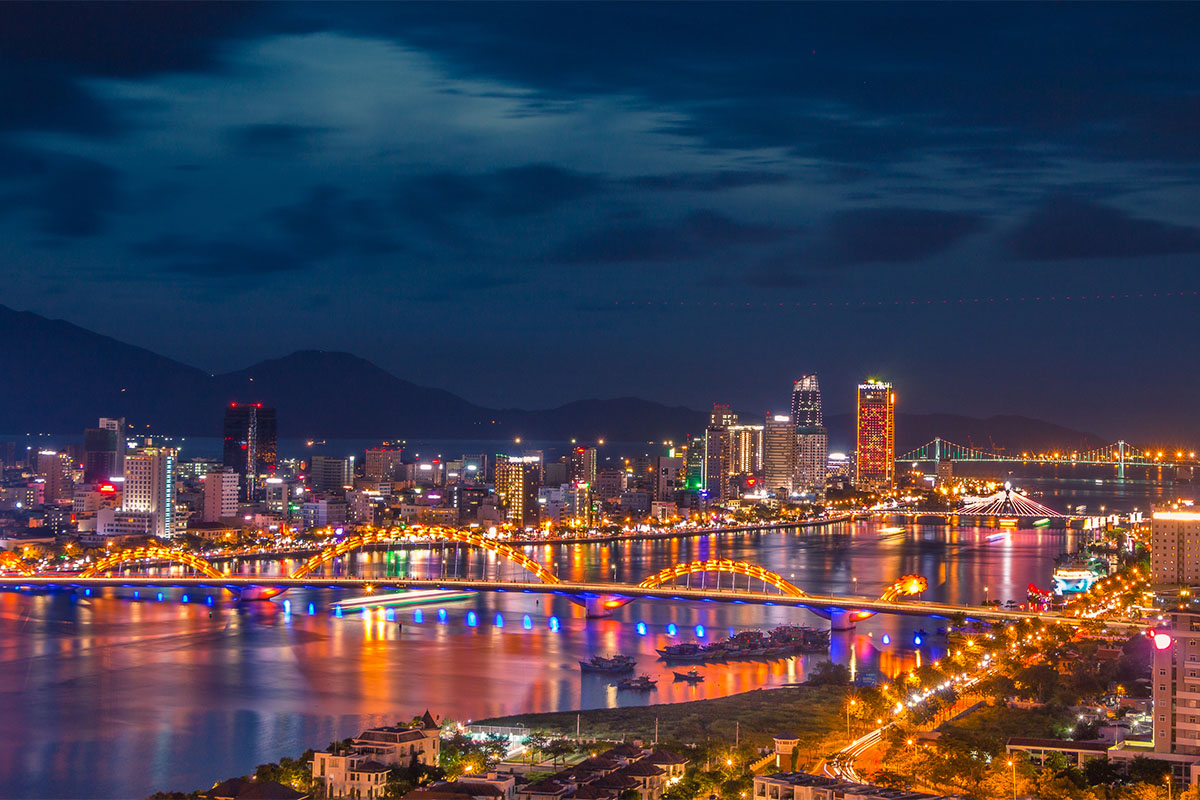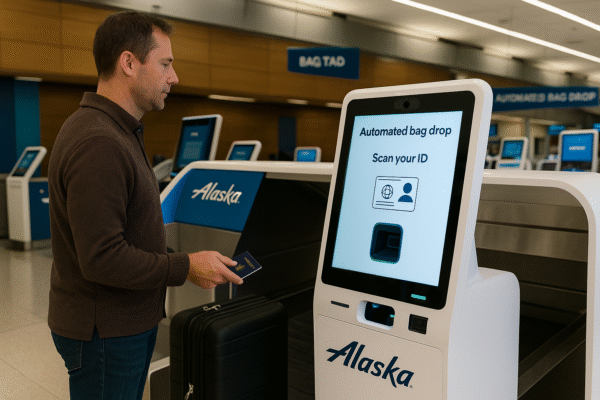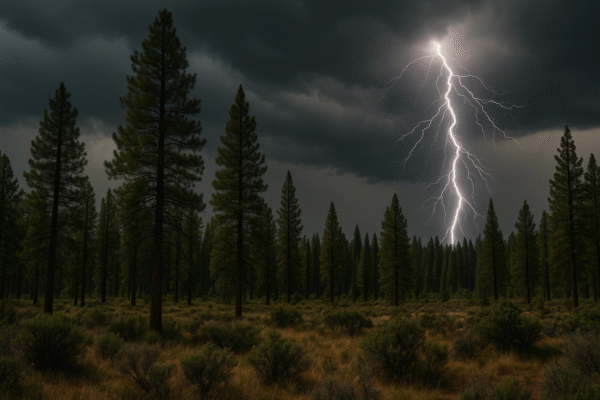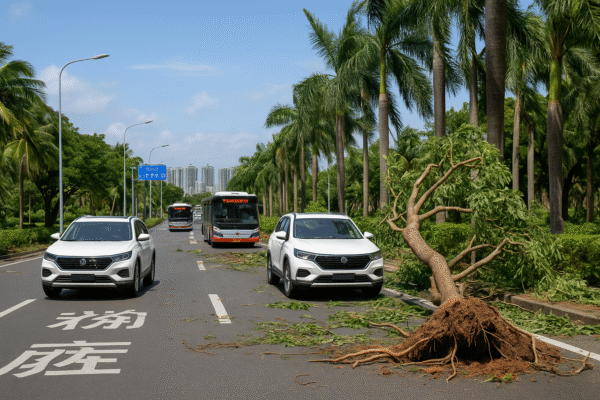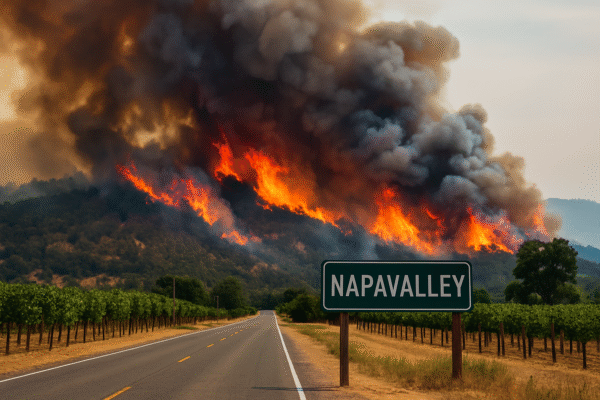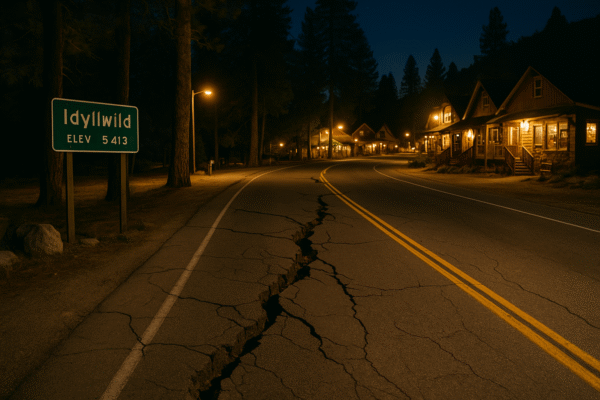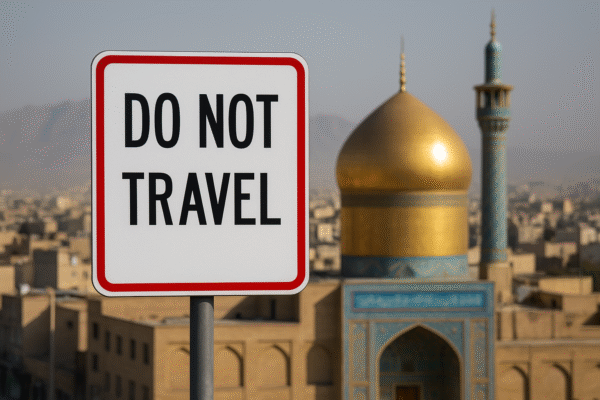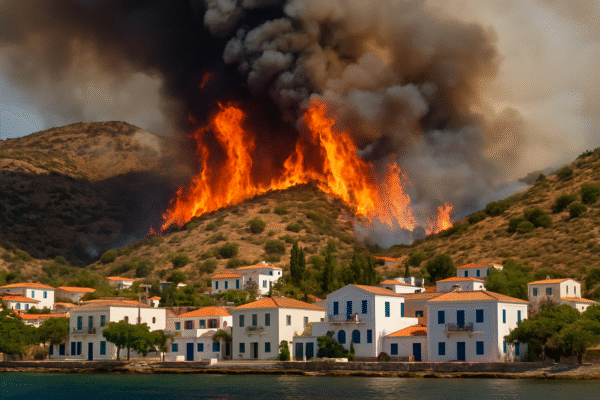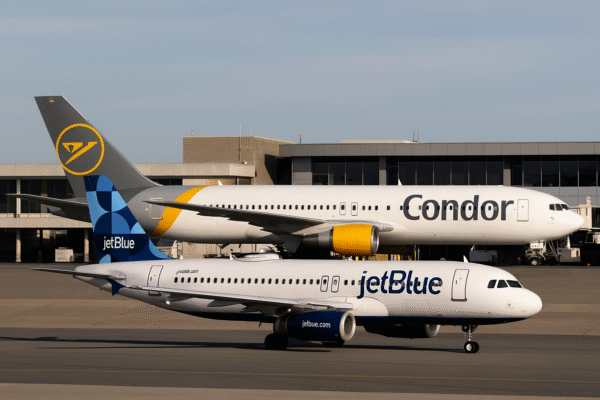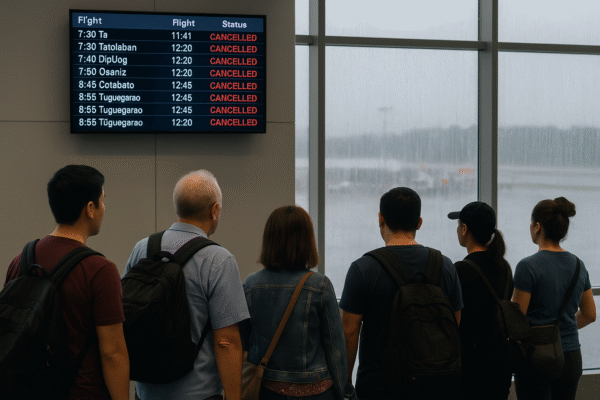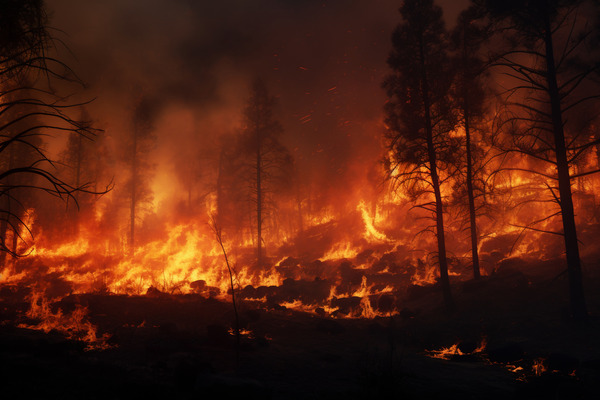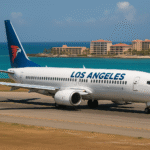Canada’s travel landscape has been severely disrupted by a surge in wildfires raging across Manitoba, marking one of the worst fire seasons in decades. With over 100 active wildfires burning through 2.5 million acres of land and prompting mass evacuations, travelers across Canada are facing flight delays, road closures, and hazardous air quality conditions.
The fires, intensified by record heat, dry winds, and lightning strikes, have overwhelmed local resources and forced thousands from their homes, particularly in vulnerable areas near Snow Lake and Garden Hill First Nation. Manitoba’s government declared a province-wide state of emergency on Friday, calling the situation unprecedentedand warning of continued threats as more blazes ignite daily.
A Firestorm Sweeping Through Manitoba
Manitoba is facing an environmental and humanitarian crisis as wildfires tear through large sections of the province. Officials from the Manitoba Wildfire Service confirmed that the season is on track to surpass the devastation of 1994, when similar fires devastated over 2.7 million acres.
As of this week, more than 100 wildfires remain active, many of them out of control. The fires have caused significant destruction to forests, farmland, and natural habitats, threatening both wildlife and regional tourism. Entire communities are on edge as emergency crews struggle to contain the flames under challenging conditions.
Air Travel Disrupted Across Canada
The impact on travel has been immediate. Winnipeg Richardson International Airport reported multiple flight cancellations and delays due to poor visibility caused by heavy smoke. Aircraft bound for remote communities in Northern Manitoba were grounded over the weekend, leaving travelers stranded.
With roads closed and rail operations suspended in fire-affected regions, both domestic and international tourists are being advised to check travel updates regularly and consider rescheduling non-essential trips to Manitoba until conditions improve.
Mass Evacuations Underway
Evacuation orders have been issued for multiple areas across central and northern Manitoba. Key communities affected include:
- Snow Lake
- Garden Hill First Nation
- Smaller towns south of Thompson and areas surrounding Lake Winnipeg
Thousands have been relocated to temporary shelters in safer zones like Winnipeg, where resources are being stretched thin. Emergency officials report that food, water, and medical supplies are being rushed into reception centers to aid displaced families.
The mental health toll on evacuees, especially those unsure of their homes’ condition, is growing. Officials are urging volunteers and NGOs to support relief efforts as the number of displaced people climbs.
Severe Air Quality Poses Health Risks
The wildfires are also creating a public health emergency. Smoke plumes have traveled hundreds of kilometers, enveloping communities far from the fires, including the city of Winnipeg, where the Air Quality Health Index (AQHI) reached level 10+, or “very high risk.”
People with asthma, COPD, heart conditions, and children are particularly at risk. Health Canada and the Manitoba Department of Health have issued air quality alerts, urging residents and visitors to:
- Avoid outdoor exercise
- Wear certified N95 masks
- Use air purifiers indoors
- Monitor local AQHI reports daily
Local hospitals have seen a spike in respiratory-related ER visits, and temporary health stations are being established in evacuation zones to treat symptoms of smoke inhalation.
Climate Change Driving Extreme Fire Conditions
Experts warn that climate change is a key factor behind Manitoba’s escalating wildfire crisis. Rising global temperatures have led to:
- Extended droughts
- Higher-than-average summer heat
- Earlier and longer fire seasons
Meteorologists from Environment and Climate Change Canada (ECCC) confirm that most wildfires this year were ignited by dry lightning, a natural phenomenon exacerbated by hot, unstable air masses.
“This is no longer a once-in-a-decade event,” said Dr. Camille Fraser, a climate policy advisor. “Fire seasons like this are becoming the new norm unless urgent action is taken to reduce emissions and invest in resilient infrastructure.”
Tourism Impact and Future Travel Guidance
The wildfire crisis is already affecting Manitoba’s tourism economy, which relies heavily on summer visitors exploring the province’s lakes, forests, and cultural heritage sites. With large portions of wilderness now scorched and roads inaccessible, tourism boards report:
- Widespread cancellations of summer bookings
- Disruption of Indigenous cultural tours
- Loss of eco-tourism and wildlife experiences
The Travel Manitoba board is urging visitors to reconsider non-essential travel, especially to forested and northern areas. Travelers should monitor www.travelmanitoba.com and local media for live updates on wildfire conditions and air quality.
Looking Ahead: Resilience and Recovery
As firefighters battle to contain the blazes and evacuation shelters fill up, attention is also turning to the long-term recovery efforts. Rebuilding affected communities, restoring forested land, and adapting infrastructure to cope with future climate challenges will be a monumental task.
Provincial officials are coordinating with Public Safety Canada and Indigenous Services Canada to ensure that emergency aid reaches all impacted populations. Discussions around climate adaptation funding and wildfire defense planning are now gaining urgency at the national level.
Conclusion: A Province Under Siege, A Nation Alerted
Manitoba’s wildfire disaster is not only a provincial emergency but a national wake-up call. With millions of acres burned, thousands displaced, and travel across Canada disrupted, the fires have underscored the fragile balance between nature, infrastructure, and climate.
Travelers planning to visit Canada this summer are advised to stay informed, remain flexible, and prioritize health and safety. As the fires rage on, Manitoba’s resilience—supported by communities, first responders, and travelers themselves—will be the foundation for rebuilding and renewal.
For more travel news like this, keep reading Global Travel Wire

